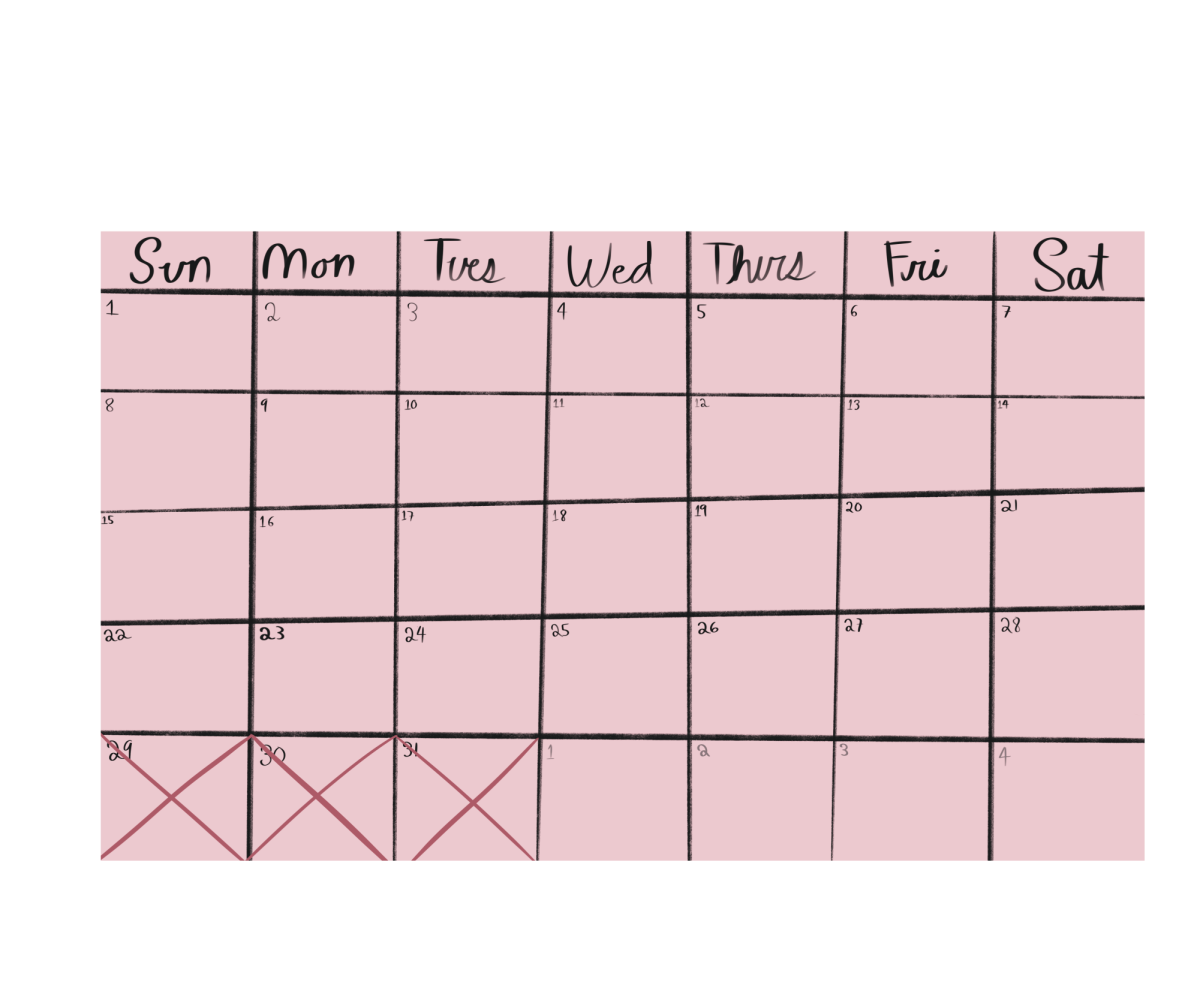Humanitarian crises are almost invariably accompanied by a storm of social media hashtags and statements of outrage shared via Instagram stories. Performative activism is the practice of trying to appear to the public as supporting a movement or cause while doing very little substantive activism. For example, retweeting a tweet, reposting a story, or liking a charity post all count as examples of performative activism because, while they spread awareness, they exemplify a lack of effort by the end user. Performative activism does little to help progress a movement and taints a cause’s reputation and credibility and it must be put to an end.
Performative action can lead to major human rights cases simply becoming a trend that people will forget about in a short amount of time. In this way, it is very similar to virtue signaling, the practice of showing others that you are on the right side of history just to be more likable.
The Kony 2012 movement is perhaps one of the biggest cases of performative action in recent times. “Kony 2012” was a video made in 2012 that brought awareness to America of Ugandan warlord Joseph Kony who made use of child soldiers. This video quickly became the most viral video of its time, being the first video on YouTube to reach 1 million likes. This sparked massive social media activity such as people posting on their Facebook profiles and making tweets on the subject of Joseph Kony according to the Huffington Post. People painted their faces, got tattoos, and posted all over social media platforms, protesting the actions of Joseph Kony. According to Invisible Children, $12.6 million was raised as a result of the campaign which was directly invested in its on-the-ground programs in Central and East Africa. But, despite the virality of the issue and the money raised, Joseph Kony is still alive as of 2024 and remains at large. The whole movement was largely forgotten about a few years later, showing the ineffectiveness of performative activism to create real change.
Unfortunately, almost a decade later, performative activism is still often used as a mode of protest despite its inability to generate actual impact. Instead of being useful, performative action turns into a trend that people hop on to feel included, becoming a fashion statement instead of a gateway to action. On June 2, 2020, in protest of George Floyd’s death via police brutality and the mishandling of the situation by the Minneapolis police department and the United States government, around 28 million accounts on Instagram posted plain black squares onto their profiles as part of the #BlackoutTuesday protest according to NBC News. With the lack of clarity and context to those outside of the loop combined with the lack of publicity, organization, and effort put in by those participating, this event was proof that many people wanted change in society for the better but were not willing to contribute in ways beyond social media. Many social media influencers and celebrities showed their support for the movement online but others called into question the effectiveness of simply changing a profile picture. In the end, #BlackoutTuesday drowned out other posts surrounding the Black Lives Matter movement and did very little to advance the Black Lives Matter movement and everything went back to normal after the initial rush.
It’s a common saying that “there is no such thing as bad publicity,” and many believe awareness on anything is better than if they weren’t speaking out at all. However, if society focuses exclusively on making social media posts and other low-effort methods to push awareness, then any real change gets lost in the noise. Even worse, government officials and other figures of authority will notice the lack of impact performative action has and its general treatment as a fad and ignore it without any attempt at making a change, as they know the subject will be soon forgotten. These two cases show why performative activism is not as useful when it comes to supporting movements in comparison to in-person protesting.
With new movements such as the protests against the Israel-Hamas war coming further into the public eye, and with more people posting about them, performative action is once again on the rise on social media. We cannot let movements that are trying to save lives be soiled by people on the internet who would rather make social media posts than something more meaningful. Instead, bring attention to the movement you are supporting by posting information about specific resources that can be used to support the movement and information about local protests. It is also important to get involved off of social media as well by donating if you can, attending protests, and educating others.






